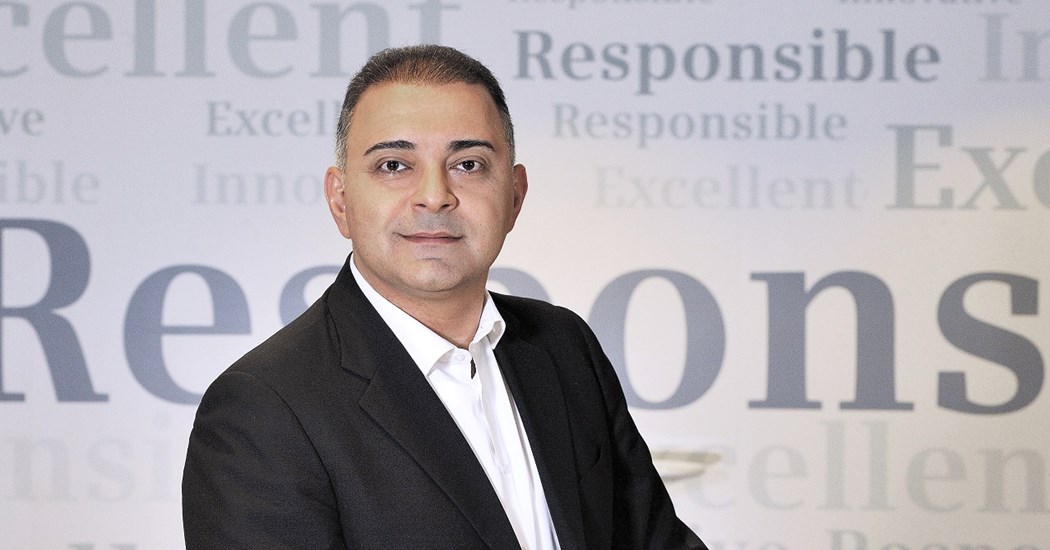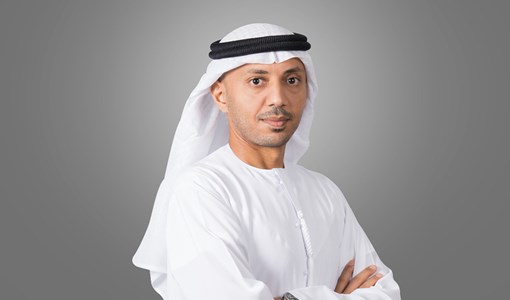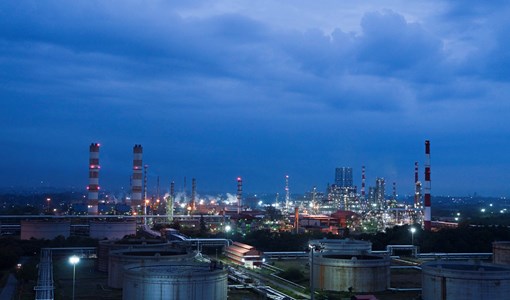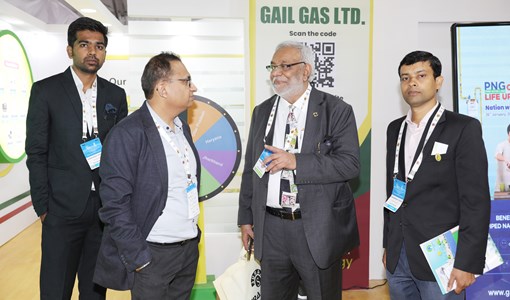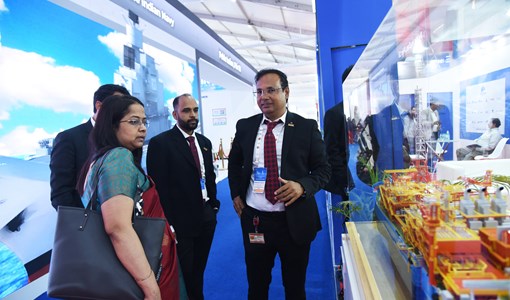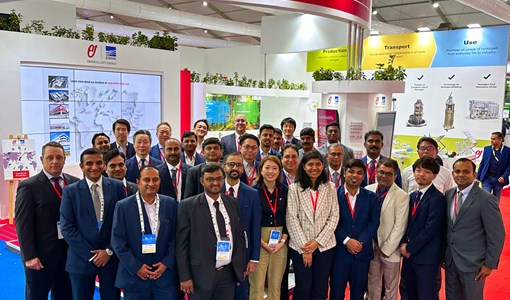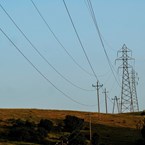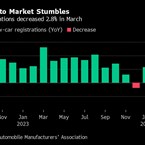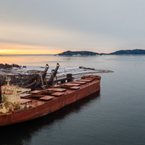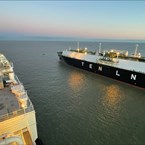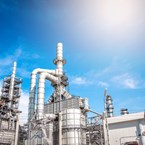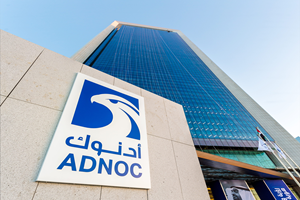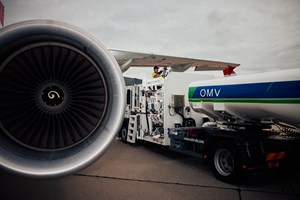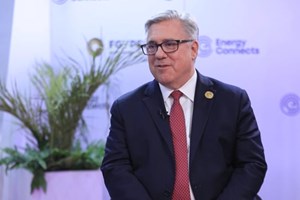Global demand will drive continued build of gas plants and pipelines
Arja Talakar, CEO Siemens Oil & Gas, on the drive for a cleaner energy future and the integral role of natural gas as a complement to renewable sources
What do you see as the greatest opportunities for gas and LNG in the coming years?
Natural gas is integral to the energy mix of the future. More than one billion people still lack access to power. Moreover, the global population is expected to grow from roughly 7.3 billion today to 9.7 billion by 2050, further taxing resources. We are also experiencing record levels of atmospheric CO2. It is increasingly hard to ignore the net effect of industrial pollution when select megacities issue periodic warnings on air quality.
Today, both renewables and natural gas are widely viewed as part of the solution. The latter is abundant and economical—thanks largely to the North American shale boom. It is also clean relative to other fossil fuels, especially coal. So, natural gas has become an ideal “bridge fuel”, as we strive to make renewables more cost competitive.
The gas-to-power value chain is also creating significant business opportunities, driving the buildout of transportation infrastructure, including LNG plants and pipelines, to move natural gas to the regions where it can be used as a feedstock.
How will gas and LNG fit into what is an evolving global energy landscape?
I believe that fossil fuels and renewables will each comprise roughly half of the global energy mix by 2050, backed up by studies such as DNV GL’s 2018 Energy Transition Outlook. As noted in my previous comments, natural gas is abundant, economical and clean, relative to other fossil fuel choices, thereby well suited for power generation and potentially even transportation. Likewise, the global demand for natural gas will continue to drive the buildout of LNG plants, gas processing plants, and pipelines.
I do feel it is the task of our industry to make fossil fuels cleaner, for example, by minimising flaring, reducing emissions on offshore platforms, looking at all-electric LNG plant designs, etc. In short, just increasing natural gas utilisation will go a long way to providing the world with an ample source of clean energy, but we also need to make incremental improvements along the gas-to-power value chain.
What expansion plans does Siemens have in the field of energy and is the company looking at new sources?
Siemens will consolidate its Gas and Power (GP) Operating Company, which combines the Siemens oil & gas, power generation, transmission, and related service businesses into an independent, stock-listed energy company. The new company will also have a significant stake in wind energy, creating a pure-play company that will provide the complete spectrum of energy solutions across the conventional and renewable energy landscape.
Gas-to-power infrastructure, including LNG and pipelines, will remain a major area of focus. We are one of the few companies that offer solutions along the entire value chain: FEED, project management and execution, financing, and services for critical equipment.
We are looking into new sources of energy as well, like hydrogen for our turbines. In addition, we will continue to focus on energy storage solutions and other innovations which will reduce emissions from hydrocarbons.
In summary, energy has been part of our legacy for 170+ years. We will continue to adapt our solutions to meet the evolving energy needs of the world.
Is digital technology an important part of Siemens’ ongoing activity?
Absolutely. Digital is in our DNA and will remain so in the new setup. Advances in sensor technology and data analytics paved the way for industrial asset optimisation across all verticals. We use machine data to predict and preempt the failure of critical equipment, thereby enhancing safety and efficiency. Artificial intelligence is taking asset optimisation to another level, enabling performance management at the fleet level. Additive manufacturing makes it possible to “print” spare parts and components on demand, and so-called “digital twins” enable design, testing and training in virtual, risk-free environments. We are at the forefront of all these domains.
How important is Gastech as a forum for industry co-operation and the sharing of best practices?
Extremely important! This is my first time joining the conference, as both a participant and a speaker. It has been on my radar—and my calendar—for some time, largely because the topic of energy transition is of both business and personal interest. I am joining not only as a representative of one of the world’s largest engineering companies, but also as a parent, and I see Gastech as a valuable forum to address the world’s most pressing energy and environmental challenges.
What would you like to take away from the event?
Ideas and prospective industry partners to help us drive future gas-to-power solutions.
______
Arja Talakar will be speaking on September 19 at the Global Business Leaders’ Panel “Developing collaborative solutions to support the challenges of changing energy systems” at 10.30
KEEPING THE ENERGY INDUSTRY CONNECTED
Subscribe to our newsletter and get the best of Energy Connects directly to your inbox each week.
By subscribing, you agree to the processing of your personal data by dmg events as described in the Privacy Policy.

Energy Workforce helps bridge the gender gap in the industry
Mar 08, 2024
EGYPES Climatech champion on a mission to combat climate change
Mar 04, 2024
Fertiglobe’s sustainability journey
Feb 29, 2024
Neway sees strong growth in Africa
Feb 27, 2024
P&O Maritime Logistics pushing for greater decarbonisation
Feb 27, 2024
India’s energy sector presents lucrative opportunities for global companies
Jan 31, 2024
Oil India charts the course to ambitious energy growth
Jan 25, 2024
Maritime sector is stepping up to the challenges of decarbonisation
Jan 08, 2024
COP28: turning transition challenges into clean energy opportunities
Dec 08, 2023
Why 2030 is a pivotal year in the race to net zero
Oct 26, 2023Partner content

Ebara Elliott Energy offers a range of products for a sustainable energy economy

Essar outlines how its CBM contribution is bolstering for India’s energy landscape

Positioning petrochemicals market in the emerging circular economy

Navigating markets and creating significant regional opportunities with Spectrum


